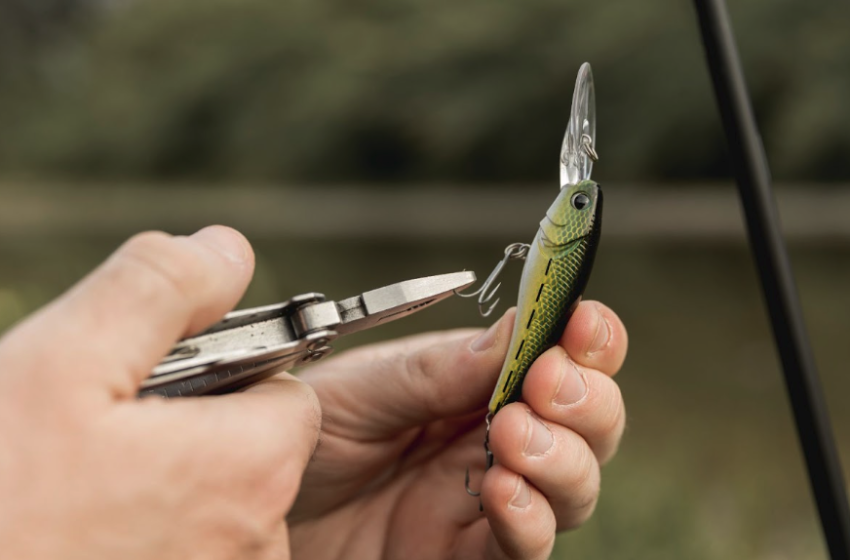Fly Fishing Tips for Beginners: How to Choose the Right Gear and Master Your First Casts

Introduction
Here’s the thing: getting into fly fishing is more about a few smart choices than buying every gadget in the shop. If you start with the right rod, the right line, and a little practice, you’ll make faster progress and have more fun. These fly fishing tips for beginners focus on what actually matters on your first trips, not on gear anxiety or flashy accessories.
What this really means is simple: choose gear that matches the water and fish you want, practice the basic casts until they feel natural, and learn a couple of practical habits that keep your days on the water productive.
Pick a rod that fits the water and your wrists
The rod is where you feel everything, so don’t overcomplicate the choice. For most new anglers, a 5-weight, nine-foot rod is the best starting point. It’s versatile, handles dry flies, nymphs, and small streamers, and works on a variety of waters. If you plan to fish small mountain streams, consider a shorter, lighter rod. If you’ll be on windy rivers or casting big streamers, step up to a 6 or 7 weight.
Material matters less than matching the rod to your needs. Modern graphite rods are light and forgiving. Bamboo rods are lovely but require care and a different casting feel. Start with something durable and well-rated in the 5-weight class and you’ll do fine.
Match line weight to the rod and match the line to your style
This is one of the most important fly fishing tips: match your line to your rod. If you have a 5-weight rod, use a 5-weight line. The line weight controls how the rod loads and how the cast feels. Using the wrong line weight makes casting awkward and teaches bad habits.
Decide between floating, sinking, or sink-tip lines based on how you plan to fish. For dry flies and most nymph work, a floating line is the obvious choice. For deep water or fast retrievals, consider a sinking or sink-tip line. For beginners, a floating weight-forward line in the rod’s rated weight will cover most situations.
Learn the basic cast properly before you worry about tricks
The basic overhead cast and the roll cast are the foundation. Practice them on grass, not water, until the motion feels smooth and relaxed. A neat trick is to practice with a target about 20 feet away and focus on timing: a smooth stop with the rod tip at about 10 o’clock will unroll the line cleanly.
Practice small, accurate casts before trying to cast far. Short casts teach you control and presentation, which are far more important than distance. These simple fly fishing tips for beginners will save you hours of frustration on the stream.
Keep your leader and tippet setup sensible
A tapered leader of seven to nine feet is a good default for trout fishing. Keep tippet material handy in 4X and 5X sizes for most dry fly situations and 3X when you need stronger tippet for streamers or bigger fish. Changing tippet diameter to match the fly size and water clarity is a subtle adjustment that pays off.
Learn one solid knot like the improved clinch for tying tippet to fly, and a loop-to-loop or nail knot for connecting leader to fly line if you prefer. Clean knots mean fewer lost flies and less time fixing problems.
Practice mending and reading water
Mending the line to reduce drag is one of those skills that separates casual casts from productive drifts. Watch how the current affects your fly and make small upstream mends to keep the fly drifting naturally.
Learning where fish hold is part observation and part pattern recognition. Look for seams, inside bends, rock structure, and pockets behind obstructions. Quietly presenting a dry fly in those spots often produces strikes where blind casting won’t.
Manage your expectations and focus on consistency
You will have off days. That’s part of the sport. Use those days to practice casting, leaders, and knots rather than berating yourself. Small improvements stack. Practice for 15 minutes before you fish, and you’ll notice a difference.
A few consistent habits, checking line condition, matching line weight, and keeping leaders tidy, save time and catch more fish. These are practical, no-nonsense fly fishing tips for beginners that will keep progress steady.
Simple maintenance that keeps gear working
Wipe your fly line after each session to remove grit and extend life. Check guides for nicks and inspect the line for abrasion near loops. Store rods collapsed in a rod tube and avoided leaving lines in direct sun. Regular, small maintenance steps prevent the kind of breakage that ruins a trip.
Wrap-up: start small, practice often, and keep it fun
If you take away three things, let them be these: match your fly line to your rod, practice basic casts until they are fluid, and focus on presentation over distance. These core fly fishing tips will get you catching fish and enjoying the learning curve without unnecessary purchases or frustration.
Fly fishing is a patient craft that rewards observation and precision. Start with sensible gear, practice deliberately, and adjust based on what you see on the water. Do that and the sport becomes less about equipment and more about the quiet, effective pleasure of placing a fly where a fish expects it.



